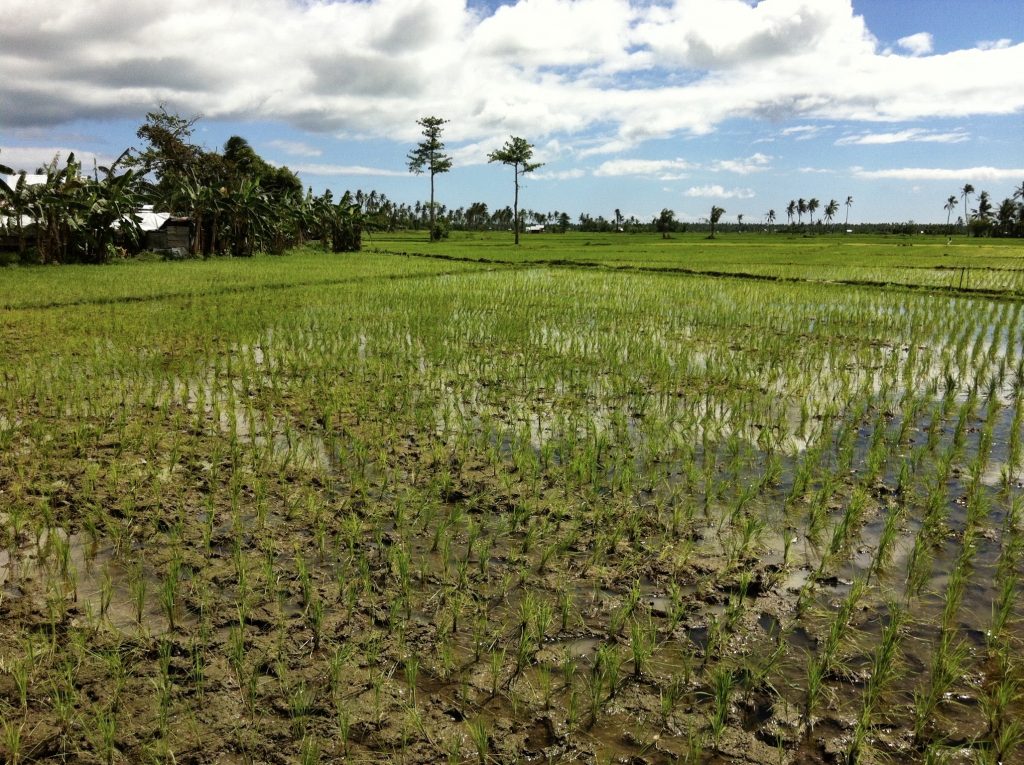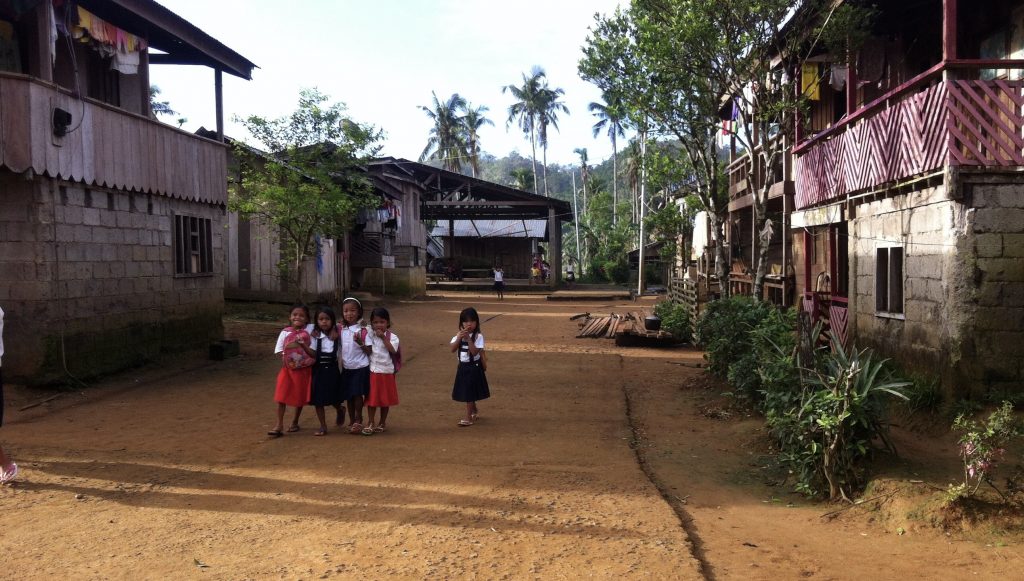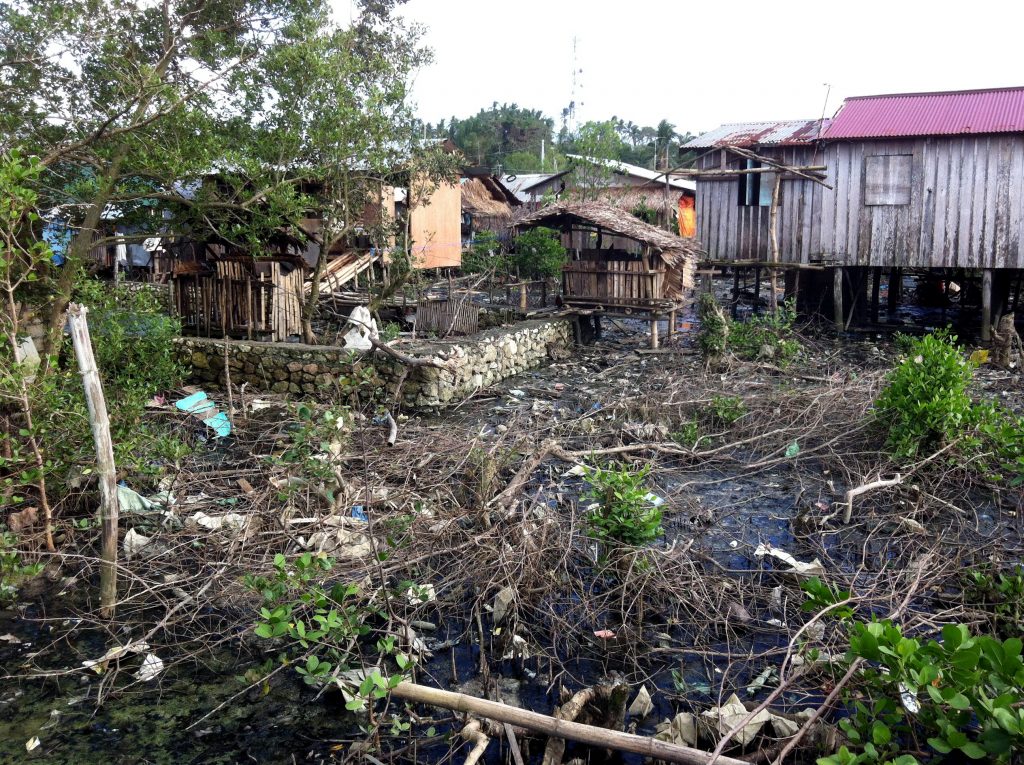
the medical school we are rotating at here, the leyte branch of the university of the philippines, uses an interesting model. it has a special mandate to train primary care phyicians to work in rural communities. all its students complete a fifth year of medical school, one more than other medical students in the philippines. this year is spent as an “intern” in an assigned rural community, and major focus is placed on becoming an integral member of the community as opposed to just its physician. to attract students, medical education at this school is subsidized by the government and provided free of charge to the students, provided they pay back the time working in rural areas. prior to typhoon haiyan last year the school was based in the nearby town of palo, but the campus was completely destroyed, so it was moved to some buildings in tacloban which survived the typhoon.
this week all of the local class of interns returned to tacloban from their work sites to attend a training session on how to train community health workers. we were priveleged to be able to attend as well. the village units in the philippines are termed “barangay,” and it is at this level that many decisions are made, as government in the the philippines is in general rather decentralized, thanks to geographic isolation and countless disparate ethnic groups and languages. the intern’s focus is on developing good relations with the mayors and other leaders of the barangays, in an effort to address some of the social determinants of health – a preventative effort at the community level as opposed to simply dealing with individual’s acute health needs. the training session focused on how to give good presentations and effectively run a meeting while remaining cognizant of the best interests of all stakeholders. icebreakers and frequent dancing were a major theme. also discussed were strategies for identifying public health issues and how to go about fixing them using the community’s ideas. this was primarily in english, which all educated filipinos speak, thanks to the history of american occupation. often however, talk will trend into “taglish,” a combination of english and tagalog, the national language which almost everyone speaks. filipinos love acronyms, indeed even more than americans do. the medical system here, at least at this school, is profoundly non-hierarchical. the faculty and school leadership attended the training, and if we didn’t already know who they were we could never have guessed, as they were following orders and joking around just as much as the interns. get a group of filipinos together and there will be a joke told at least every 30 seconds, and everyone will laugh even at things which aren’t meant to be funny. people here love laughing, and its great!


